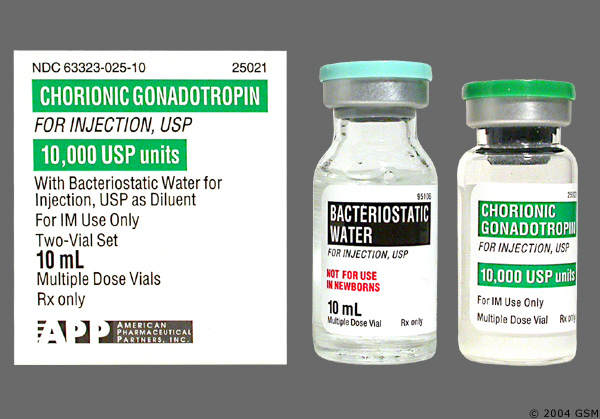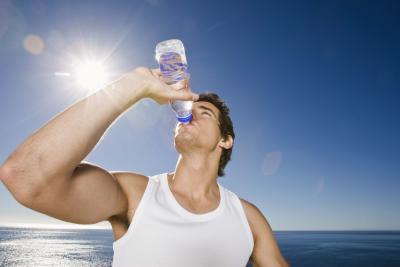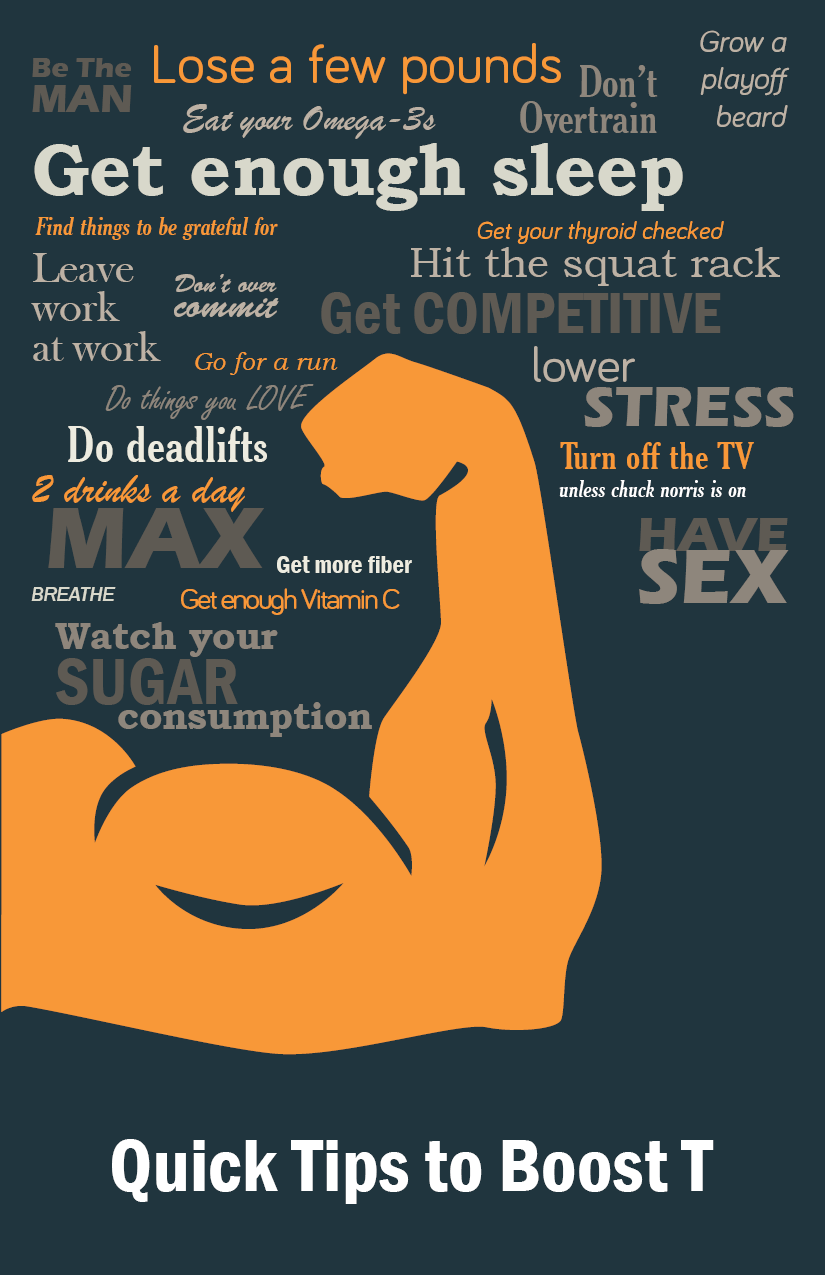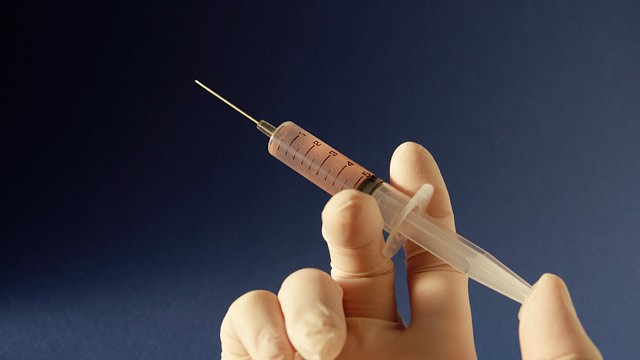Hormone replacement therapy is one of the hottest topics in bodybuilding today. It involves the use of synthetic hormones to allow the body to produce higher levels of the sex hormones testosterone, estrogen, and progesterone. Originally designed for people with low hormone levels due to a condition, it quickly caught on among elderly people who were able to match the vitality of a person decades younger. Hollywood noticed next, and was followed by groups of 30-, 40-, and 50-something professionals seeking to regain their youth. Hormone therapy is today’s fountain of youth – allowing people of all ages to return to the testosterone levels they enjoyed in their twenties, even if they are decades older.
As men age, their body’s natural level of testosterone (male sex hormone) decreases, and their production of estrogen (female sex hormone) increases. As a result, men experience muscle loss, fat increases, Gynecomastia, and other issues. In other words, they get old. HRT reverses that.
To get approved for HRT (Hormone Replacement Therapy), one must visit a doctor and make the case for an actual need. HRT agents like testosterone and growth hormone are highly controlled. Telling your doctor that you want to win a local NPC contest will not get you the prescription you desire. Typically, a patient will undergo a series of examinations to determine what sex hormones are out of balance. A hormone panel is completed, and cancer screening is done. If patient is cancer-free, has a measured lack of sex hormones, and exhibits the mental characteristics of low testosterone, he will likely receive the prescription.
Initially, aromatase Inhibitors (AI’s) may be used to offset the estrogen rise. This is the simplest treatment, and is actually the same compounds used in post-cycle-therapy (PCT) for steroid users, to negate the post-cycle spike in estrogen that occurs when synthetic testosterone levels suddenly drop. The very consistent and expensive Arimidex is most commonly prescribed. Recently, Femara and Aromasin have begun being used because they are more potent.
If AI’s fail to fit the bill, prohormones are often introduced next. Adione and 4-Adiol are most frequently used, along with 1-AD and others. Prohormones, unlike actual testosterone, do not convert to estrogen, so they can boost testosterone levels and improve quality of life without the side effects that follow estrogen levels jumping.
Transdermal Testosterone is the third step in correcting low sex hormone levels. Pulse therapy (2-3 time per day) or patch/gel testosterone therapy are very effective for raising testosterone levels in the body. They are effective, but do completely or partially shut down the body’s natural ability to produce testosterone, so their use may remain permanent.
Finally, Human Growth Hormone (hGH) is used in a small percentage of patients whose bodies don’t produce adequate growth hormone, or if the patient hasn’t responded to the first three treatment methods. HGH is expensive and difficult to store and administer.
Finding the right hormone replacement method is an important decision that you and your doctor should complete together. Use the above descriptions as a starter point, do your research, and see if hormone replacement is right for you.




